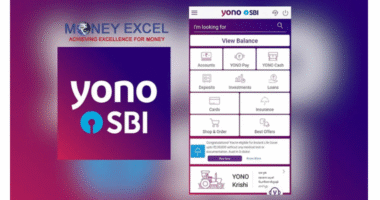In 2025, significant changes have been implemented in the banking industry, specifically pertaining to ATM withdrawals. The new rules for ATM withdrawals aim to modernize and streamline the process, incorporating the latest advancements in technology and security measures. This development comes as a response to the evolving needs and preferences of consumers, as well as the increasingly complex landscape of financial transactions in the digital age.
One of the key aspects of the new rules is the expansion of ATM functionality to accommodate various types of transactions beyond traditional cash withdrawals. In addition to cash withdrawals, customers can now perform a wide range of banking activities at ATMs, such as depositing checks, transferring funds between accounts, and even paying bills. This enhanced functionality offers greater convenience and flexibility to users, allowing them to manage their finances more effectively on the go.
Another important change introduced by the new rules is the implementation of stricter security protocols to safeguard customers’ personal and financial information. With the rise of cyber threats and identity theft cases, banks are taking proactive measures to enhance the security of ATM transactions. This includes multifactor authentication, biometric verification, and real-time monitoring of ATM networks to detect and prevent fraudulent activities. By prioritizing security, the new rules aim to instill confidence in customers and ensure the integrity of the banking system.
Furthermore, the new rules for ATM withdrawals also address the issue of fees and charges associated with ATM transactions. In an effort to promote transparency and consumer protection, banks are required to disclose all applicable fees upfront, including out-of-network ATM fees, foreign transaction fees, and balance inquiry fees. This transparency empowers customers to make informed decisions about their financial transactions and avoid unnecessary fees that can erode their savings over time.
Moreover, the new rules emphasize the importance of accessibility and inclusivity in ATM services. Banks are encouraged to provide ATM services in underserved communities and rural areas to ensure that all customers have equal access to banking facilities. This initiative is part of a broader effort to promote financial inclusion and address the disparities in access to banking services across different demographics.
In addition to these changes, the new rules for ATM withdrawals also incorporate elements of sustainability and environmental consciousness. Banks are encouraged to adopt eco-friendly practices in ATM operations, such as using energy-efficient equipment, promoting paperless transactions, and reducing carbon footprint. By aligning with the principles of corporate social responsibility, banks can contribute to environmental conservation efforts while meeting the evolving needs of environmentally conscious consumers.
Overall, the new rules for ATM withdrawals in 2025 represent a significant step forward in the banking industry, signaling a shift towards a more efficient, secure, and customer-centric approach to ATM services. By embracing technological innovations, enhancing security measures, promoting transparency, ensuring accessibility, and embracing sustainability, banks are poised to better serve their customers and adapt to the changing landscape of financial services in the digital era. These developments are expected to reshape the ATM experience for customers and pave the way for a more user-friendly and inclusive banking environment.





